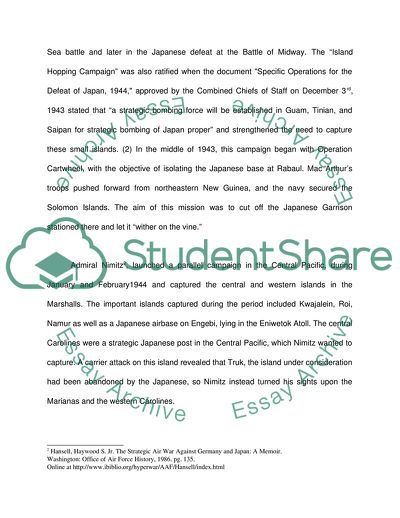Cite this document
(The Battle That Doomed Japan Assignment Example | Topics and Well Written Essays - 1500 words, n.d.)
The Battle That Doomed Japan Assignment Example | Topics and Well Written Essays - 1500 words. https://studentshare.org/history/1719720-essay-topic-2
The Battle That Doomed Japan Assignment Example | Topics and Well Written Essays - 1500 words. https://studentshare.org/history/1719720-essay-topic-2
(The Battle That Doomed Japan Assignment Example | Topics and Well Written Essays - 1500 Words)
The Battle That Doomed Japan Assignment Example | Topics and Well Written Essays - 1500 Words. https://studentshare.org/history/1719720-essay-topic-2.
The Battle That Doomed Japan Assignment Example | Topics and Well Written Essays - 1500 Words. https://studentshare.org/history/1719720-essay-topic-2.
“The Battle That Doomed Japan Assignment Example | Topics and Well Written Essays - 1500 Words”. https://studentshare.org/history/1719720-essay-topic-2.


